Are Hybrid Work Cultures Sustainable? The Truth Behind the 2025 Corporate Experiment
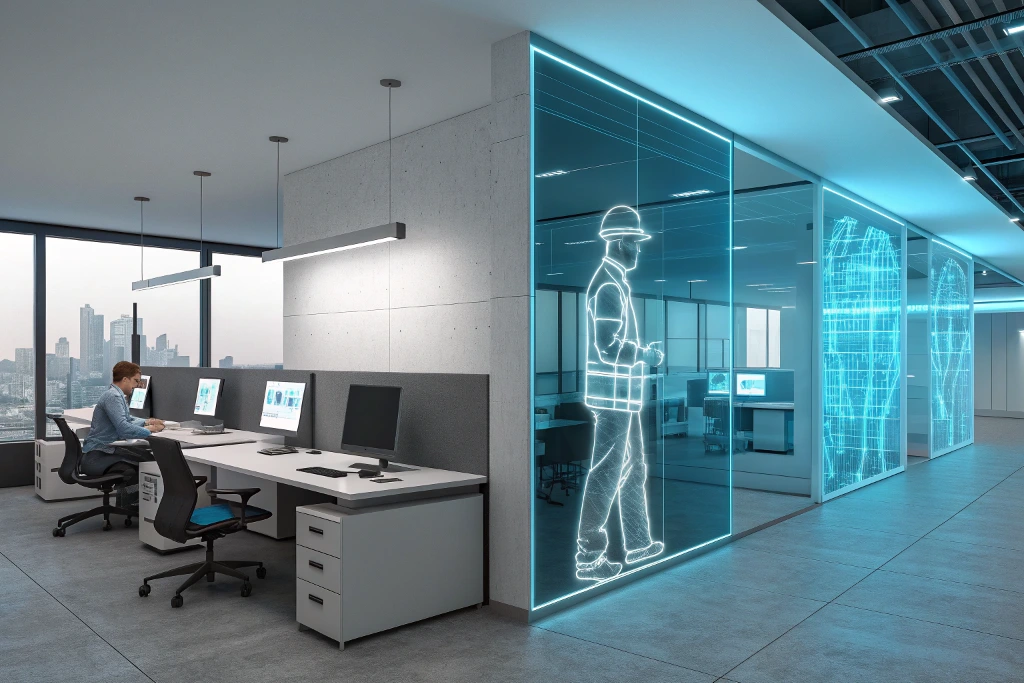
The workplace has been transformed in the last half-decade. What began as a response to necessity during the pandemic has since evolved into a defining experiment in modern business: the hybrid work culture. With employees splitting time between home and office, companies have been forced to reevaluate productivity, culture, and collaboration. But as we reach 2025, one pressing question lingers — is hybrid work truly sustainable in the long run, or is it a temporary compromise?
The Promise of Hybrid Flexibility
Hybrid models promised the best of both worlds: the productivity of remote work and the camaraderie of the office. Early studies showed measurable boosts in employee satisfaction and reduced burnout. Commuting time decreased, work-life balance improved, and companies gained access to a global talent pool unrestricted by geography.
From a financial perspective, corporations saved billions on real estate and operational costs. For many leaders, it looked like the future of work had finally arrived.
Cracks in the Culture: What’s Not Working
Yet, as months turned into years, fault lines appeared. Hybrid environments exposed hidden inequalities. Employees working remotely often felt sidelined in promotions and decision-making. Managers struggled to maintain cohesion when half their teams were off-site. And the so-called “Zoom fatigue” became a workplace epidemic.
Some companies even began reversing policies, quietly calling workers back to the office, citing dips in innovation, collaboration, and cultural connection.
The Productivity Paradox
One of the biggest debates centers on productivity. Data shows that hybrid workers often log more hours, but quantity does not always equal quality. Creative brainstorming, serendipitous conversations, and mentorship often thrive in physical spaces.
On the other hand, deep work — the kind of focused, uninterrupted effort needed for innovation — tends to be stronger in remote environments. The paradox is clear: hybrid models can maximize both, but only with careful design and leadership discipline.
Rethinking Leadership and Management
Hybrid work has forced managers to become more intentional leaders. Measuring output instead of presence, creating inclusive meetings, and designing fair performance metrics are no longer optional — they’re essential.
Forward-thinking companies are experimenting with asynchronous collaboration, AI-driven productivity trackers, and “digital-first rituals” to ensure remote employees don’t feel like second-class citizens. This management shift may well determine whether hybrid becomes a lasting model or fades as another failed corporate trend.
The Future: Evolution, Not Elimination
The verdict on hybrid work isn’t that it’s unsustainable — it’s that it’s unfinished. Just as open office plans went through cycles of hype and backlash, hybrid will mature through trial, error, and refinement.
We may see companies develop hybrid charters, blending flexibility with structured in-office days. We may see AI tools bridging communication gaps or even virtual reality offices creating a shared sense of presence.
The bottom line? Hybrid work is not a temporary compromise. It is an ongoing experiment — one that could define the next era of corporate life if organizations are willing to adapt.
Closing Thought: A Cultural Crossroads
Hybrid work is no longer about where people work; it’s about how organizations build trust, equity, and performance in a dispersed environment. If companies succeed in this balancing act, hybrid may outlast every doubter. If they fail, 2025 could mark the beginning of a return to traditional office life — a regression few employees will welcome.
Outlook Times
Explore the journeys of today’s most successful business leaders, uncovering the strategies, challenges, and triumphs that define their paths to success.
Trending
-
 Dr. Harsha Thennarasu
Dr. Harsha Thennarasu -
 Vaibhav Sharma
Vaibhav Sharma -
 Ignacio Bonasa
Ignacio Bonasa -
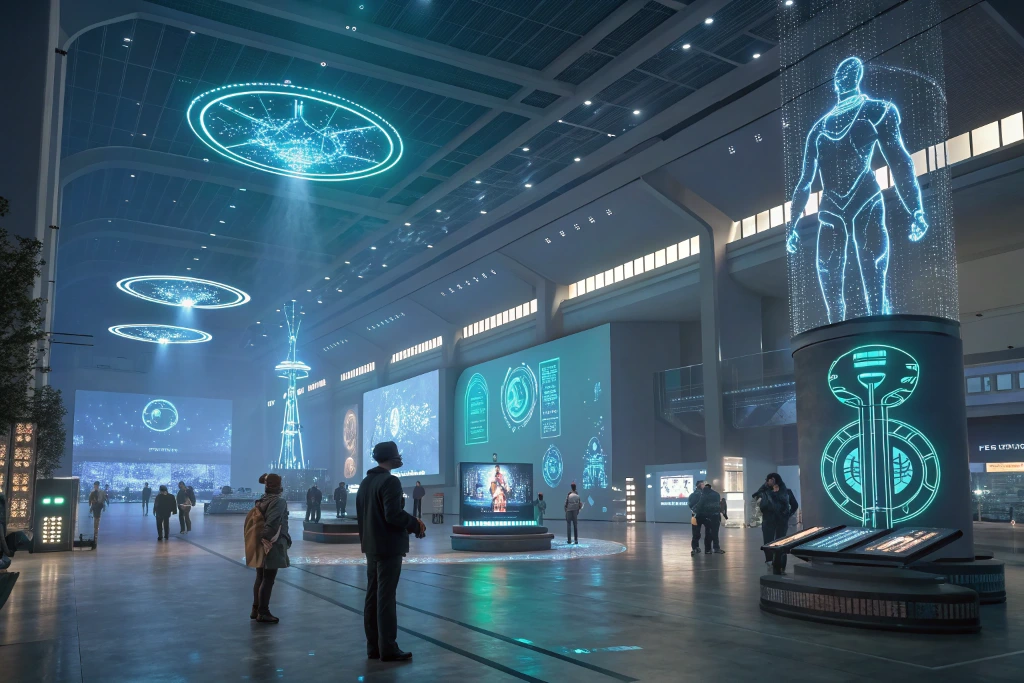 Beyond AI Hype: The Next Wave of Technologies Reshaping 2025
Beyond AI Hype: The Next Wave of Technologies Reshaping 2025 -
 Are Hybrid Work Cultures Sustainable? The Truth Behind the 2025 Corporate Experiment
Are Hybrid Work Cultures Sustainable? The Truth Behind the 2025 Corporate Experiment -
 “When AI Directs the Camera: Will Sora 2 Rewrite the Future of Filmmaking?
“When AI Directs the Camera: Will Sora 2 Rewrite the Future of Filmmaking? -
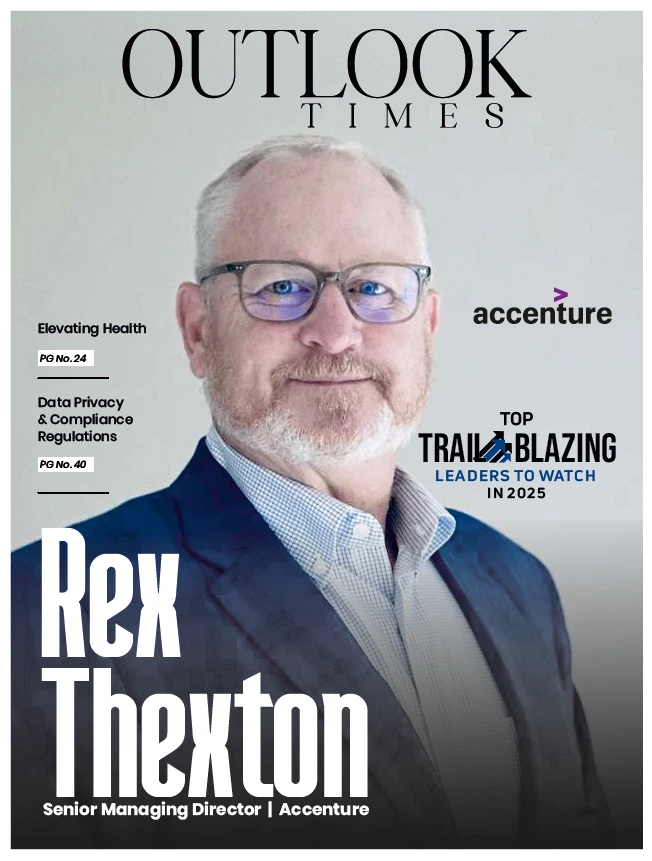 Top Trailblazing Leaders to Watch in 2025
Top Trailblazing Leaders to Watch in 2025 -
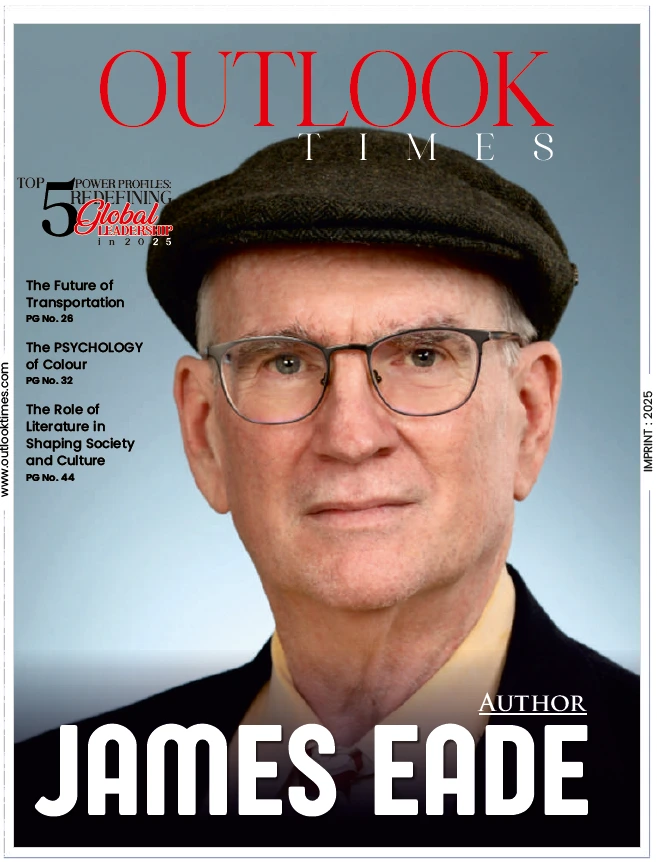 Top 5 Power Profiles: Redefining Global Leadership in 2025
Top 5 Power Profiles: Redefining Global Leadership in 2025 -
 Icons of Impact: Legendary Leaders Shaping Success in 2025
Icons of Impact: Legendary Leaders Shaping Success in 2025 -
 Ronit Pinto
Ronit Pinto -
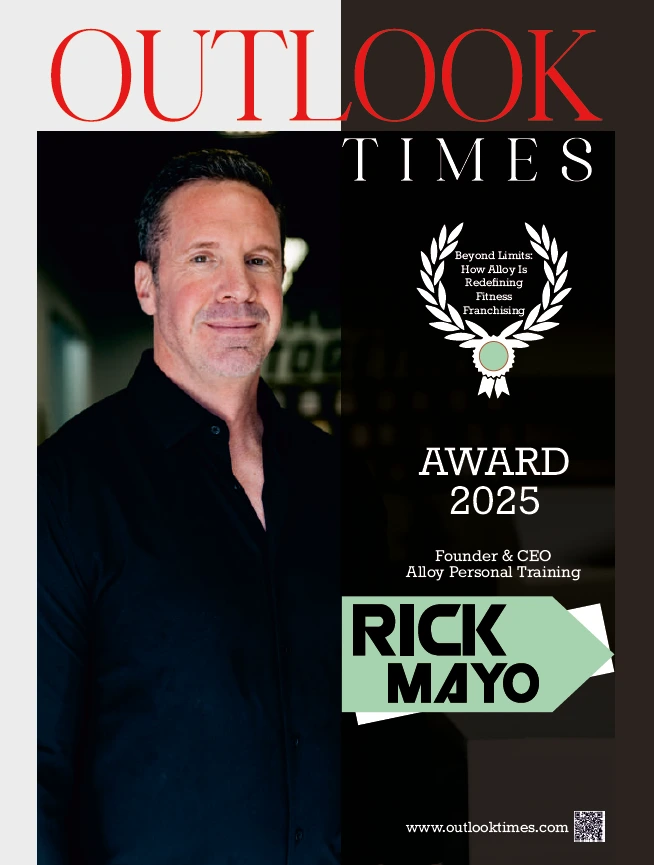 Beyond Limits: How Alloy Is Redefining Fitness Franchising
Beyond Limits: How Alloy Is Redefining Fitness Franchising -
 Firdaus Nagree
Firdaus Nagree -
 The Most Promising Tech Innovation of the Future
The Most Promising Tech Innovation of the Future -
 AI Excellence in Business Process Management
AI Excellence in Business Process Management -
 Iconic Voice in Soulful Leadership & Cultural Impact – 2025
Iconic Voice in Soulful Leadership & Cultural Impact – 2025 -
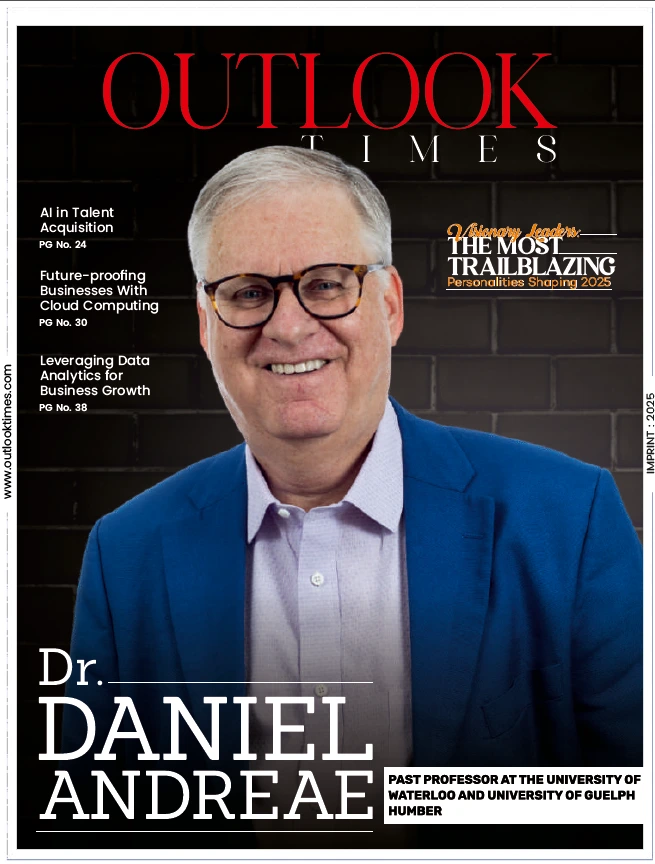 Visionary Leaders: The Most Trailblazing Personalities Shaping 2025
Visionary Leaders: The Most Trailblazing Personalities Shaping 2025 -
 The Power Players: Most Dynamic and Impactful Personalities to Follow in 2025
The Power Players: Most Dynamic and Impactful Personalities to Follow in 2025 -
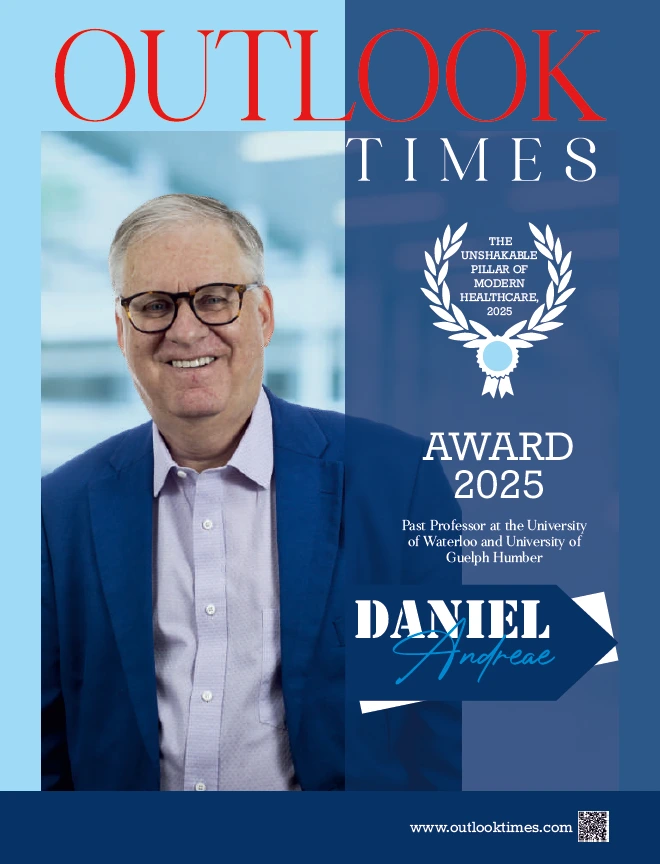 The Unshakable Pillar of Modern Healthcare, 2025
The Unshakable Pillar of Modern Healthcare, 2025 -
 Dr. Aidan Mouat
Dr. Aidan Mouat -
 Trailblazing Legend: Iconic Leader Who Inspire the World
Trailblazing Legend: Iconic Leader Who Inspire the World -
 Sukh Sandhu
Sukh Sandhu -
 Ctoday Awards : Leaders Awards 2024,Felicitated Top Companies & Individuals
Ctoday Awards : Leaders Awards 2024,Felicitated Top Companies & Individuals -
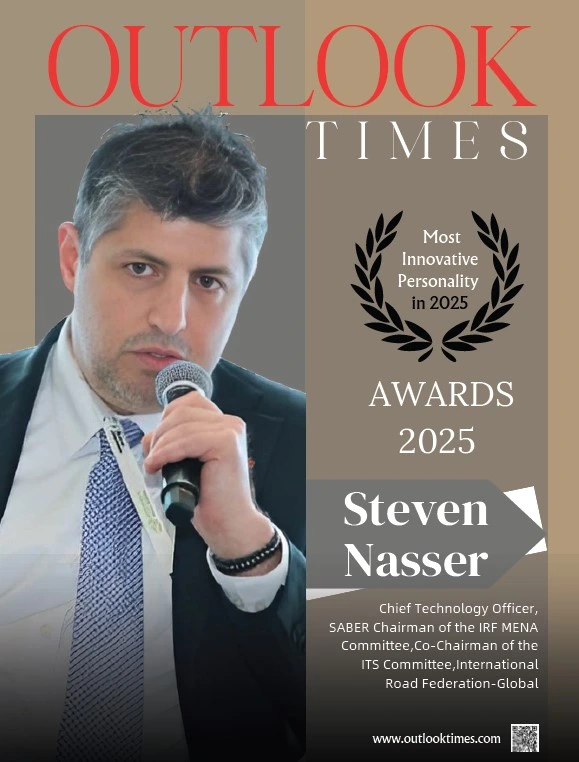 Most Innovative Personality in 2025
Most Innovative Personality in 2025 -
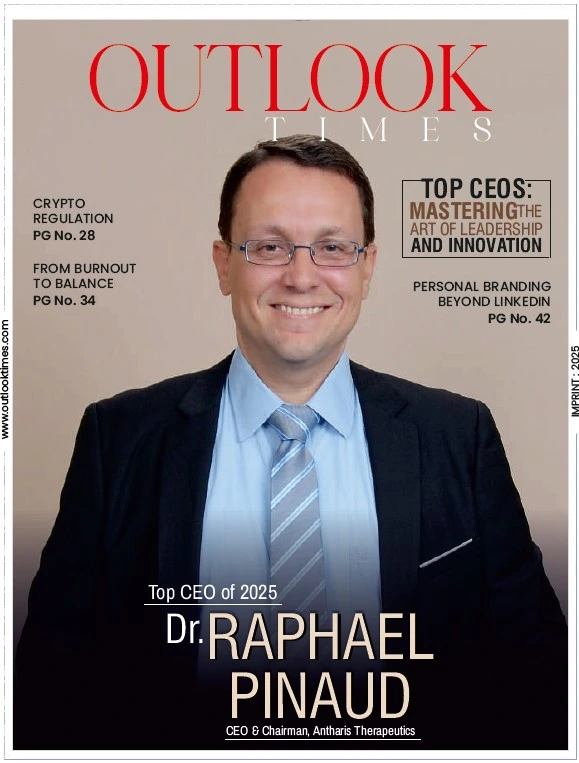 Top CEOs: Mastering the Art of Leadership and Innovation
Top CEOs: Mastering the Art of Leadership and Innovation -
 Antonella Rubicco
Antonella Rubicco
